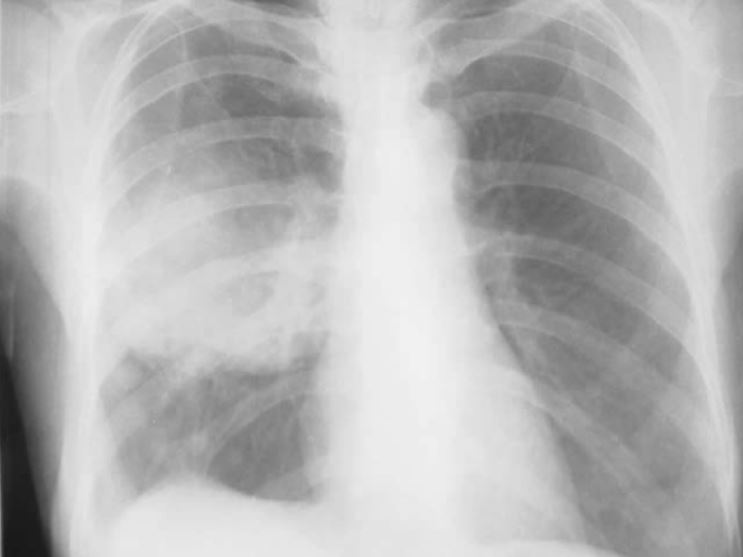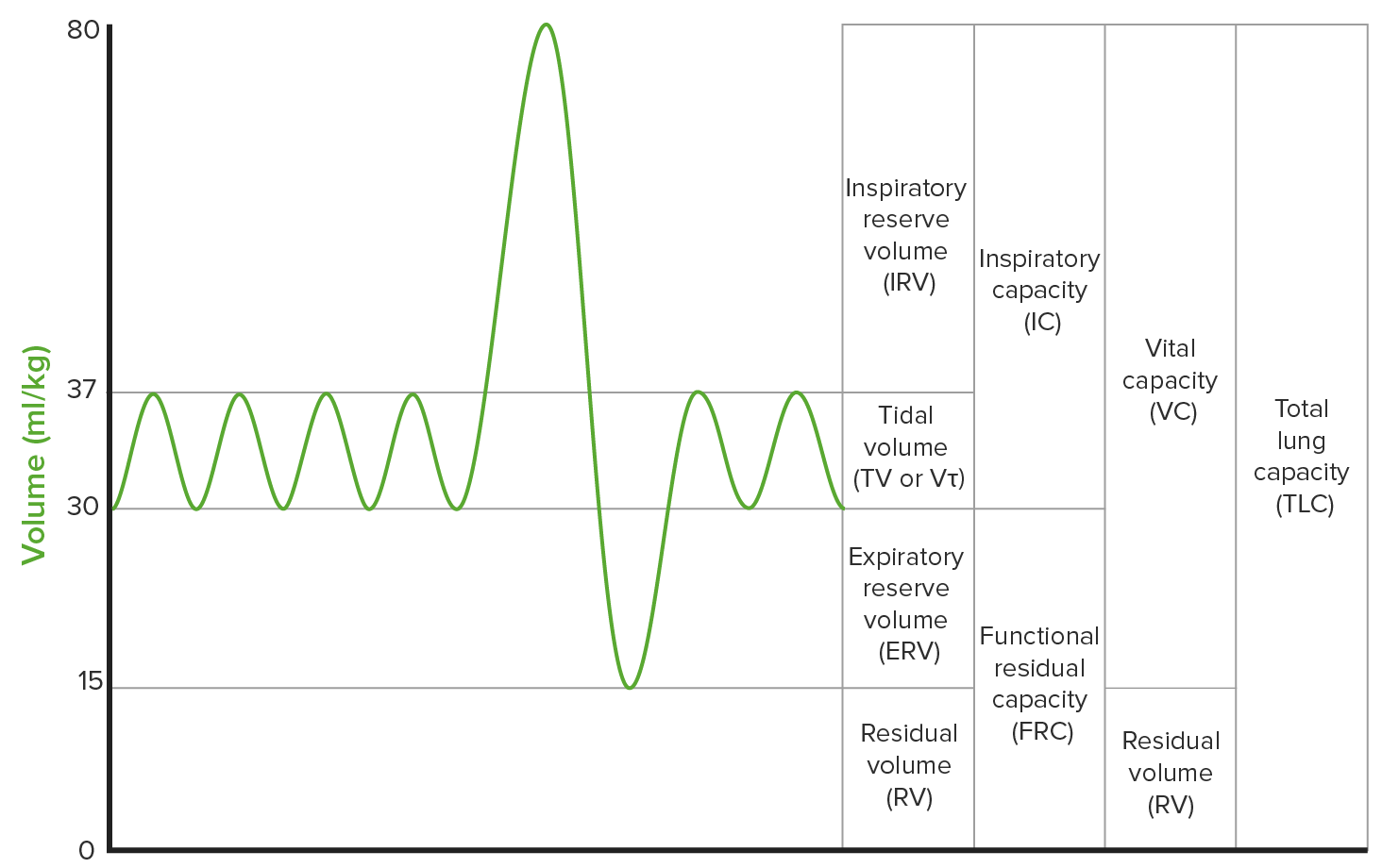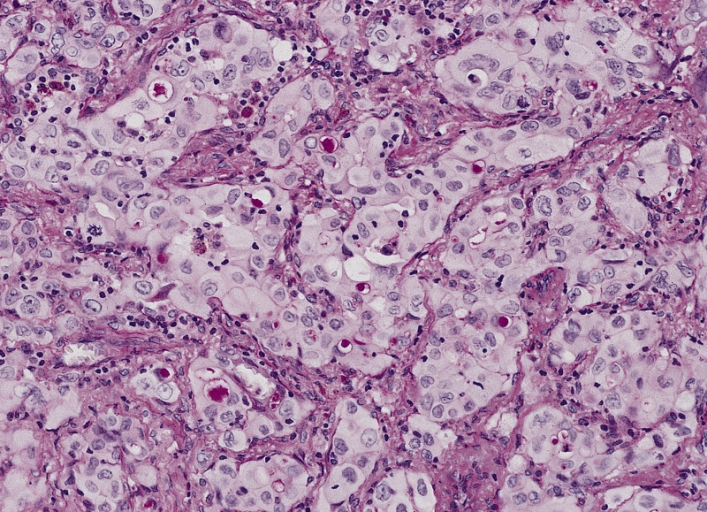Playlist
Show Playlist
Hide Playlist
Distal Metastases
-
Slides 07 LungCancer Tumors and Metastases Neoplasias RespiratoryAdvanced.pdf
-
Download Lecture Overview
00:01 But that’s not the only way, lung cancer can present. 00:03 As I mentioned before, lung cancer does affect many parts of body via metastases and can present to almost any specialty as a consequence. Now here we have some of the common presentations that you may get with distal metastases from lung cancer. So it commonly metastasize to the brain, to the bone, to the liver, to the cervical nodes, to the other lung, and to the pleura. They also commonly metastasize to adrenal glands but thats usually asymptomatic. 00:33 If you have pleural metastases then the patient would develop a pleural effusion, it maybe an exhudative pleural effusion and they will present with breathlessness as increasing as the effusion gets bigger over period perhaps a few weeks. Lung metastases are often asymptomatic. 00:48 Cervical nodes will be a palpable mass not tender but firm, can be fixed with the underlying tissue and its palpable in the neck region. 01:00 Brain metastases present like a space occupying lesion that is the patient has head ache. 01:06 That gets worst over time. It's worst in the morning. They may have focal neurological signs depending on where the metastases is present and they may present with seizures. 01:17 In fact brain metastases are probably from lung cancer. In the age over 65, is the commonest cause of space occupying lesions. Bone metastases present with pain where the bone has been affected and potentially if it's a spinal bone you can actually also get a cord compression. So lung cancer is a cause of a spastic paraparesis and acute cord compression. 01:42 Spread to the liver is usually asymptomatic but can be felt when you can clinically examine the patient, that has a normal hepatomegaly and occasionally can cause pain in the right upper quadrant and nausea of the very extensive.
About the Lecture
The lecture Distal Metastases by Jeremy Brown, PhD, MRCP(UK), MBBS is from the course Lung Cancer.
Included Quiz Questions
Which of the following statements is FALSE?
- Most people with lung cancer survive for 5 years from time of diagnosis.
- Lung cancer is more common in the elderly.
- In the UK lung cancer kills more women than breast cancer.
- In the UK lung cancer kills more men than prostate and colonic cancer added together.
Which of the following does NOT increase the risk of lung cancer?
- Asthma
- COPD
- Radon gas exposure
- Exposure to asbestos
Which of the following presentations of lung cancer will NOT usually cause dyspnea?
- 3-cm peripheral mass detected as an incidental finding on a chest x-ray
- Metastatic spread to the pleura
- Blockage of a large airway causing lobar collapse
- Lymphangitis carcinomatosis
Which of the following is the most common etiology of space-occupying lesions in the brain of patients who are more than 65 years old?
- Metastatic lung cancer
- Metastatic colon cancer
- Metastatic breast cancer
- Metastatic stomach cancer
- Metastatic prostate cancer
Which of the following is the preferred method of detection of lung cancer metastasis to the adrenal gland?
- CT scan
- X-ray
- Cortisol hormone analysis
- KUB analysis
- Abdominal ultrasound
Customer reviews
5,0 of 5 stars
| 5 Stars |
|
5 |
| 4 Stars |
|
0 |
| 3 Stars |
|
0 |
| 2 Stars |
|
0 |
| 1 Star |
|
0 |






